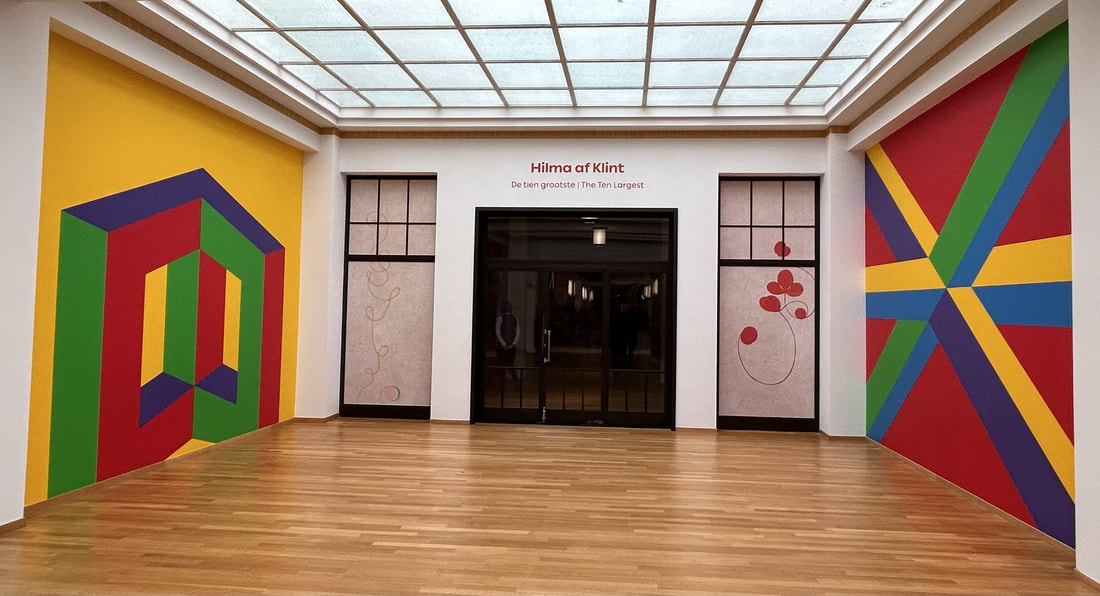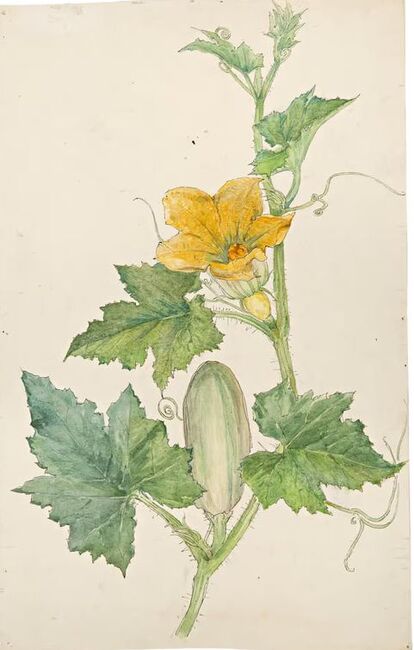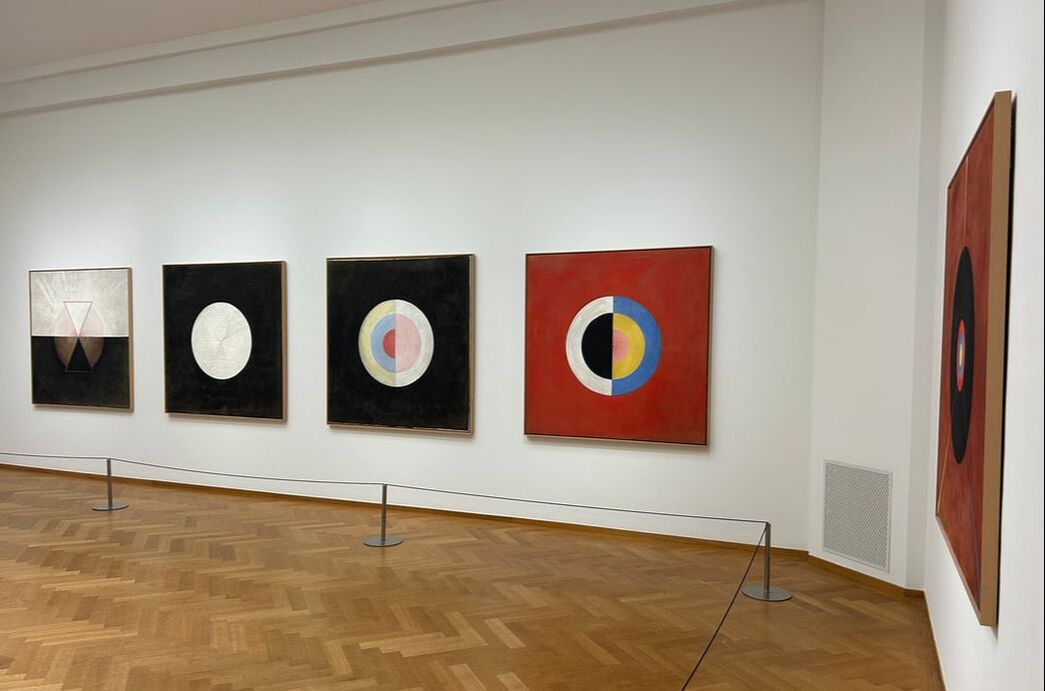|
Too often a long time and a series of miracles are needed in order for true artists to receive their due, as their own perception of reality is so different from others’. Swedish painter Hilma af Klint (1862–1944) makes no exception. Despite her paintings being considered among the first abstract works ever created, it wasn’t until a few years ago that she finally gained her rightful place in the history of modern art.
|
Af Klint lived in an age when the emergence of technologies like microscopy, radiography, and photography led to the discovery of worlds that had previously been invisible. As it turned out, reality encompassed much more than could be perceived with the naked eye. The presence of an unknown universe greatly influenced af Klint on a personal and artistic level. As Lawrence Ferlinghetti once observed, “[A great artist] sees what others do not.” Although her early paintings focused on more established landscapes, her depiction of nature took a radical turn as she started to explore the possibilities of abstraction and created her very own visual language to express life itself, and the unseen forces behind it.
“Those granted the gift of seeing more deeply can see beyond form, and concentrate on the wondrous aspect hiding behind every form, which is called life.”
Hilma af Klint, 1906
Hilma af Klint, 1906
The Ten Largest series consists of ten monumental studies of the four cyclical stages of human life (childhood, youth, adulthood, and old age) and stand as a perfect example of af Klint's very particular abstract style. In each painting, organic forms morph into geometric shapes which appear to be in movement. Produced in only a few months in 1907, The Ten Largest radically overturned conventions in terms of scale, color, and form.
|
|
The Ten Largest
(1907, oil on canvas, 328 x 240 cm) No. 1: Childhood No. 2: Childhood No. 3: Youth No. 4: Youth No. 5: Adulthood No. 6: Adulthood No. 7: Adulthood No. 8: Adulthood No. 9: Old Age No. 10: Old Age |
Her body of work may well constitute her very own artistic phenotype, that is, the observable genetical (in this case, aesthetical) characteristics of an organism which are produced by the interaction of the genotype and its environment. Art critic Briony Fer points out af Klint’s early immersion in the language of plants and the vegetal world fueled her understanding of a deeper pattern of possibilities beyond a material worldview. The ecological perspective represented the agent that served to link “a larger project of abstraction to a search for what we might now call a planetary aesthetic.”
Af Klint’s artistic evolution is marked by her exploration of the unknown, or what at the turn of the twentieth century was referred to as the spiritual world. Her 1908 Evolution series represents humanity’s ascent to a higher spiritual power. Symbolic shapes such as the spiral or the snail are key motifs that she kept revisiting all her life.
|
In her later The Swan series (1914), a pair of male and female swans mirrored in contrasting black and white metamorphose into a series of abstract circles and interlinked geometric shapes, evoking associations with images of the fourth dimension.
This was strongly connected with the way she perceived the life force of the universe, bridging the gap between the visible and the invisible, the natural and the abstract. Her paintings embody her constant quest for spiritual knowledge and reveal invisible forces accessible only through deeper layers of consciousness.
|
“Thought defines the universe in geometric figures.”
Hilma af Klint, 1916
Hilma af Klint, 1916
|
Art became for her a natural process “for finding things out” and for “making visible the intricate connectedness between all forms of life.” However, her attempts to exhibit her more unconventional paintings remained largely unsuccessful during her lifetime. She felt that the world was not quite ready to grasp their message, and asked that her work may not be shown until twenty years after her death, to a generation who would be better able to understand it.
|
Af Klint was an artist of her time, and of all times. Her contemporaries include major scientists and psychoanalysts who produced groundbreaking works at the turn of the century: Art Forms in Nature (Ernst Haeckel, 1899), The Interpretation of Dreams (Sigmund Freud, 1899), and The Red Book (Carl G. Jung, 1913-16). The natural, the self, and the spiritual had never been so closely interlinked. In af Klint’s words: “The more we discover the wonders of nature, the more we become aware of ourselves.”
“Art transcends reality—it has no direct rapport with reality. Between the physical and the ethereal spheres, there is a boundary, clearly delimited for our senses; yet the ether penetrates the physical sphere and acts upon it.”
Piet Mondrian, Sketchbooks, 1912-14
Piet Mondrian, Sketchbooks, 1912-14
The exhibition Hilma af Klint & Piet Mondrian - Forms of Life is on at the Kunstmuseum in The Hague until February 25, 2024. For more information and to book tickets, visit the museum website.






